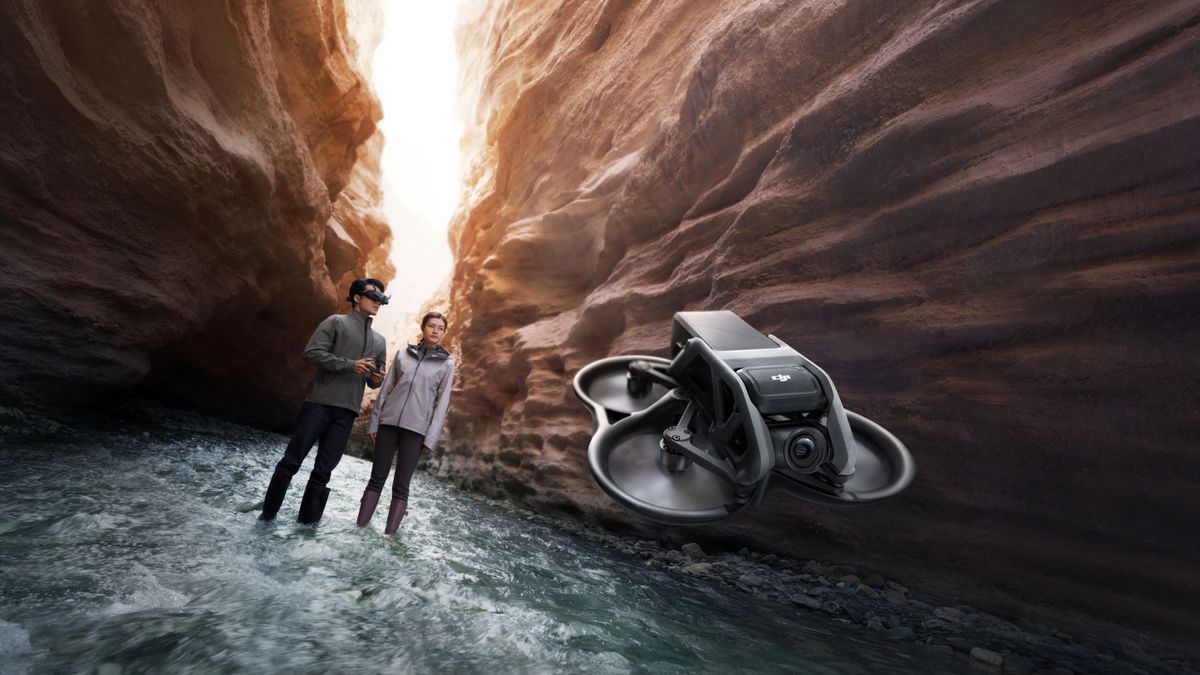Exploring FPV Drones: A Comprehensive Guide
 Joan G Wallace
Joan G Wallace
Introduction to FPV Drones
FPV drones, or first-person view drones, offer a thrilling way to experience flight as if you’re in the cockpit. They’ve transformed recreational flying, racing, filmmaking, and surveying. This guide dives into FPV drones, covering their technology, benefits, uses, and tips for getting started in this exciting hobby.
What Are FPV Drones?
FPV drones are unmanned aerial vehicles (UAVs) equipped with cameras that send live video to the pilot. This creates a first-person view, making it feel like you’re flying the drone yourself. They are popular among hobbyists, racers, and professionals for their immersive experience and versatile uses.
Key Components of FPV Drones
Camera: Captures live video and sends it to the pilot’s goggles or screen. High-quality, low-latency cameras are crucial for a smooth experience.
Transmitter and Receiver: Handle the video signal transmission between the drone and the pilot’s equipment.
FPV Goggles: Head-mounted displays that let pilots see the live video feed from the drone. They may include features like adjustable lenses and head tracking.
Flight Controller: The drone’s brain, managing flight dynamics and stability by interpreting pilot inputs and adjusting the motors.
Motors and Propellers: Motors generate thrust for flight, while propellers help in maneuvering and stabilizing the drone.
Battery: Powers the drone, with high-capacity batteries providing longer flight times.
Frame: The structure that holds all components together, affecting durability and aerodynamics.
Types of FPV Drones
Racing Drones: Built for speed and agility, with robust frames and high-performance motors to handle crashes and tight courses.
Freestyle Drones: Designed for acrobatic maneuvers and creative flight, offering control and stability for tricks and stunts.
Cinematic Drones: Feature high-resolution cameras and gimbals for smooth, professional-quality video footage.
Long-Range Drones: Equipped with powerful batteries and advanced navigation systems for extended flights and covering long distances.
Benefits of FPV Drones
Enhanced Immersion: FPV goggles provide a thrilling first-person flight experience, making it feel like you’re piloting the drone.
Improved Control and Precision: Real-time video feeds allow for more accurate maneuvering, essential for racing and aerial photography.
Creative Freedom: For filmmakers and photographers, FPV drones offer unique angles and dynamic shots, enhancing visual storytelling.
Community and Competition: The FPV drone community is active and supportive, with many clubs, forums, and events for racing and freestyle flying.
Getting Started with FPV Drones
Choosing the Right FPV Drone: Beginners should start with ready-to-fly (RTF) drones. Advanced users may build their drones for customization.
Essential Gear and Accessories:
o FPV Goggles: Look for high resolution and low latency.
o Extra Batteries: Extend flight times and avoid interruptions.
o Spare Parts: Keep extra propellers, motors, and other components handy for quick repairs.
o Carrying Case: Protect your drone and accessories during transport.
Learning to Fly: Start with basic maneuvers and progress to more complex ones. Use simulators to practice skills in a virtual environment before flying outdoors.
Applications of FPV Drones
FPV Racing: A popular sport where pilots navigate obstacle courses at high speeds. Competitions often occur on custom-built tracks.
Aerial Photography and Filmmaking: Cinematic FPV drones capture stunning footage from unique angles, ideal for films, commercials, and social media.
Search and Rescue: Equipped with thermal cameras and sensors, FPV drones help in covering large areas and accessing difficult terrains for rescue operations.
Surveying and Inspection: Used in agriculture and infrastructure for detailed aerial views, aiding in mapping, monitoring, and maintenance.
Maintenance and Care for FPV Drones
Regular Inspection: Check for wear and tear on motors, propellers, and frames. Ensure all components are secure.
Firmware Updates: Keep your drone’s firmware updated to benefit from new features and performance improvements.
Cleaning and Storage: Clean the drone after each flight to remove debris and store it in a dry, cool place, preferably in a carrying case.
Future Trends in FPV Drone Technology
Advanced AI Integration: AI will enhance automation, obstacle avoidance, and flight modes.
Improved Battery Technology: Longer flight times and faster charging are on the horizon with new battery advancements.
Enhanced Connectivity: Better communication systems will provide more reliable and higher-quality video transmission, expanding drone capabilities.
Conclusion
FPV drones offer an exciting, immersive experience for enthusiasts and professionals. With their advanced technology, diverse applications, and a vibrant community, FPV drones are pushing the boundaries of aerial technology. Whether you're into racing, filmmaking, or exploring, FPV drones deliver a thrilling and rewarding experience. As technology evolves, expect even more innovation and adventure in the world of FPV drones.
Subscribe to my newsletter
Read articles from Joan G Wallace directly inside your inbox. Subscribe to the newsletter, and don't miss out.
Written by
